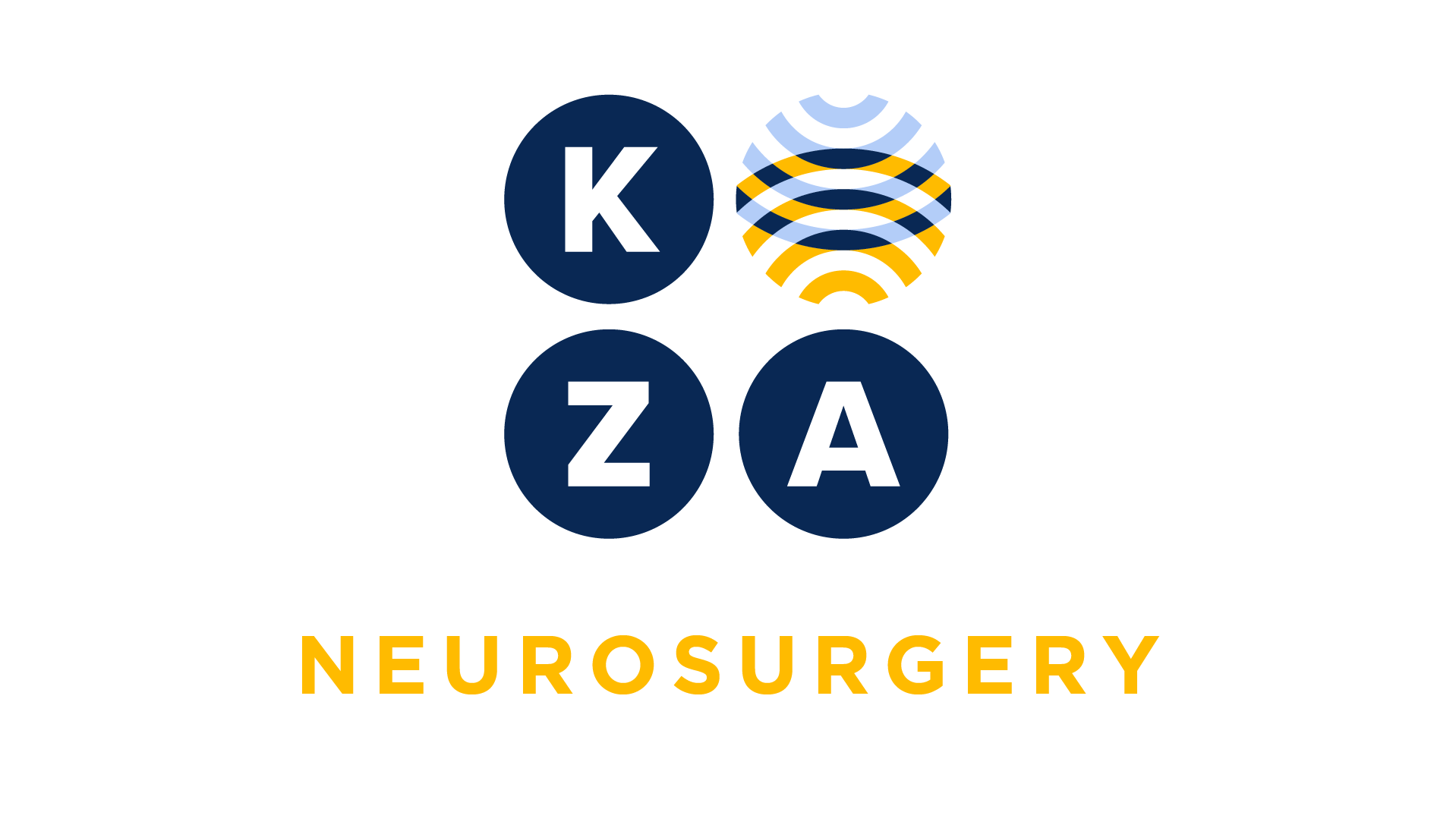
Choose your specialty from the list below to see how our experts have tackled a wide range of client questions.
Looking for something specific? Utilize our search feature by typing in a key word!
ICD-10-CM Code for DBS Battery/Generator Replacement
We are using the diagnosis code of T85.190 (Other mechanical complication of implanted electronic neurostimulator of brain electrode (lead), initial encounter) for the replacement of…
Question:
We are using the diagnosis code of T85.190 (Other mechanical complication of implanted electronic neurostimulator of brain electrode (lead), initial encounter) for the replacement of a deep brain stimulator generator (2 leads, 61886) because the battery died. This code requires a 7th digit and we are struggling with the difference between initial encounter (A) and subsequent encounter (D) for this case. It’s not an injury or fracture which makes it more difficult to decide. Can I get your expertise?
Answer:
A couple of Question:s/ comments about this:
- Why are the leads being replaced? Are they dislodged or out of place? If so, then a T code is appropriate.
- For routine battery replacements because the battery has reach its end of life (a normal occurrence – not a complication), we’d use the condition code such as Parkinson’s disease (G20) and not a T code.
If you’re using a T code then you have 3 choices for the 7th character: A for initial encounter, D for subsequent encounter, and S for sequela. The service is not being performed for a sequela so you can eliminate the 7th character of S. So now you’re between A and D. Since the patient is receiving active treatment for the “other mechanical complication”, you’ll use the 7th character of A (T85.190A).
*This response is based on the best information available as of 05/31/18.
ICD-10-CM Code for Spinal Stenosis
Should the code set M48.0- be used for both central canal stenosis and foraminal stenosis?
Question:
Should the code set M48.0- be used for both central canal stenosis and foraminal stenosis?
Answer:
There is no distinction made in ICD-10-CM for central canal stenosis vs foraminal stenosis. Therefore, the M48.0- code covers both/all types of spinal stenosis.
*This response is based on the best information available as of 05/03/18.
Evacuation of Cervical Epidural Hematoma
How do I code a cervical laminectomy with extradural epidural hematoma evacuation? I was thinking about using 63265 but my co-worker said this code is for a tumor removal and not for…
Question:
How do I code a cervical laminectomy with extradural epidural hematoma evacuation? I was thinking about using 63265 but my co-worker said this code is for a tumor removal and not for a hematoma.
Answer:
Sorry, but your co-worker is incorrect. The code series, 63265-63268, is for laminectomy procedures to remove intraspinal lesions “other than neoplasm” so these codes would never be used for tumor removal.
Examples of extradural non-neoplasm lesions where 63265-63268 are used include a hematoma or abscess.
*This response is based on the best information available as of 04/19/18.
Placement of Lumbar Subarachnoid Drain
My neurosurgeon states he placed a subarachnoid drain in the lumbar spine after a craniotomy for CSF leak repair procedure. He thinks the correct code is 62350. Is this accurate?
Question:
My neurosurgeon states he placed a subarachnoid drain in the lumbar spine after a craniotomy for CSF leak repair procedure. He thinks the correct code is 62350. Is this accurate?
Answer:
No. You’ll use 62272 (Spinal puncture, therapeutic, for drainage of cerebrospinal fluid (by needle or catheter) instead. CPT 62350 is for placement of a catheter for long-term medical administration such as that necessary for a spinal pump; it is not the correct code for a lumbar drain.
*This response is based on the best information available as of 03/15/18.
Reinsertion (22849) vs. Segmental (22842) Instrumentation
I have a question about reinsertion of spinal instrumentation vs posterior segmental instrumentation. We have a patient who our neurosurgeon performed an exploration previous L4-S1 fusion…
Question:
I have a question about reinsertion of spinal instrumentation vs posterior segmental instrumentation. We have a patient who our neurosurgeon performed an exploration previous L4-S1 fusion with removal of rods bilaterally, L3-L4 laminectomy with PLIF and posterolateral fusion with placement of pedicle screws at L3 and new rods from L3-S1.
I have researched and would like to verify if we could bill the CPT 22849 for replacement of the instrumentation from L4-S1 plus CPT 22842 for the new pedicle screws and rods. I spoke to a coding hotline who said 22849 and 22842 were accurate but I thought I better check with an expert – you!
Answer:
I’m so glad you asked because you’ve been give inaccurate advice. CPT 22849 is reported when you remove and replace instrumentation at the exact same level(s); in this case you extended the instrumentation so 22849 does not apply. When you extend the instrumentation meaning adding it to an adjacent level, you report only the “new code” such as 22842.
*This response is based on the best information available as of 06/08/17.
Intervertebral Device 22853
I code for a neurosurgeon and he insists that I bill the cage code, 22853, for each interspace. However, the CPT book lists as cage(s) therefore our thinking is that no matter how many…
Question:
I code for a neurosurgeon and he insists that I bill the cage code, 22853, for each interspace. However, the CPT book lists as cage(s) therefore our thinking is that no matter how many are placed this code is only allowed one time per surgery. His note states “C3-C4, C4-C5, C5-C6 anterior cervical interbody fusion using PEEK interbody spacers.” So is it 22853 x 1 unit or 22853 x 3 units?
Answer:
Your neurosurgeon is correct. CPT code 22853 is reported per interspace to describe intervertebral biomechanical devices, including PEEK cages. The term is both single or plural, “cage(s)”, because sometimes there are two devices placed at a single spinal level.
*This response is based on the best information available as of 05/25/17.

